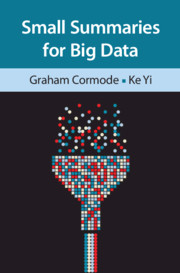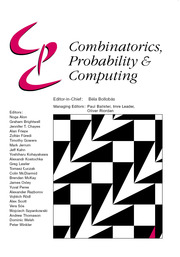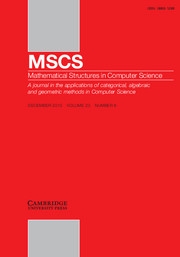Small Summaries for Big Data
The massive volume of data generated in modern applications can overwhelm our ability to conveniently transmit, store, and index it. For many scenarios, building a compact summary of a dataset that is vastly smaller enables flexibility and efficiency in a range of queries over the data, in exchange for some approximation. This comprehensive introduction to data summarization, aimed at practitioners and students, showcases the algorithms, their behavior, and the mathematical underpinnings of their operation. The coverage starts with simple sums and approximate counts, building to more advanced probabilistic structures such as the Bloom Filter, distinct value summaries, sketches, and quantile summaries. Summaries are described for specific types of data, such as geometric data, graphs, and vectors and matrices. The authors offer detailed descriptions of and pseudocode for key algorithms that have been incorporated in systems from companies such as Google, Apple, Microsoft, Netflix and Twitter.
- Examples, figures, and pseudocode enhance understanding of fundamentals and applications
- Written in accessible plain English
- Optional sections of advanced technical material provide further reading for experts without overwhelming novices
Reviews & endorsements
'A very thorough compendium of sketching and streaming algorithms, and an excellent resource for anyone interested in learning about them, understanding how they work and deploying them in applications. Good job!' Piotr Indyk, Massachusetts Institute of Technology
Product details
December 2020Hardback
9781108477444
278 pages
234 × 157 × 19 mm
0.51kg
Available
Table of Contents
- 1. Introduction
- 2. Summaries for sets
- 3. Summaries for multisets
- 4. Summaries for ordered data
- 5. Geometric summaries
- 6. Graph summaries
- 7. Vector, matrix and linear algebraic summaries
- 8. Summaries over distributed data
- 9. Other uses of summaries
- 10. Lower bounds for summaries.






